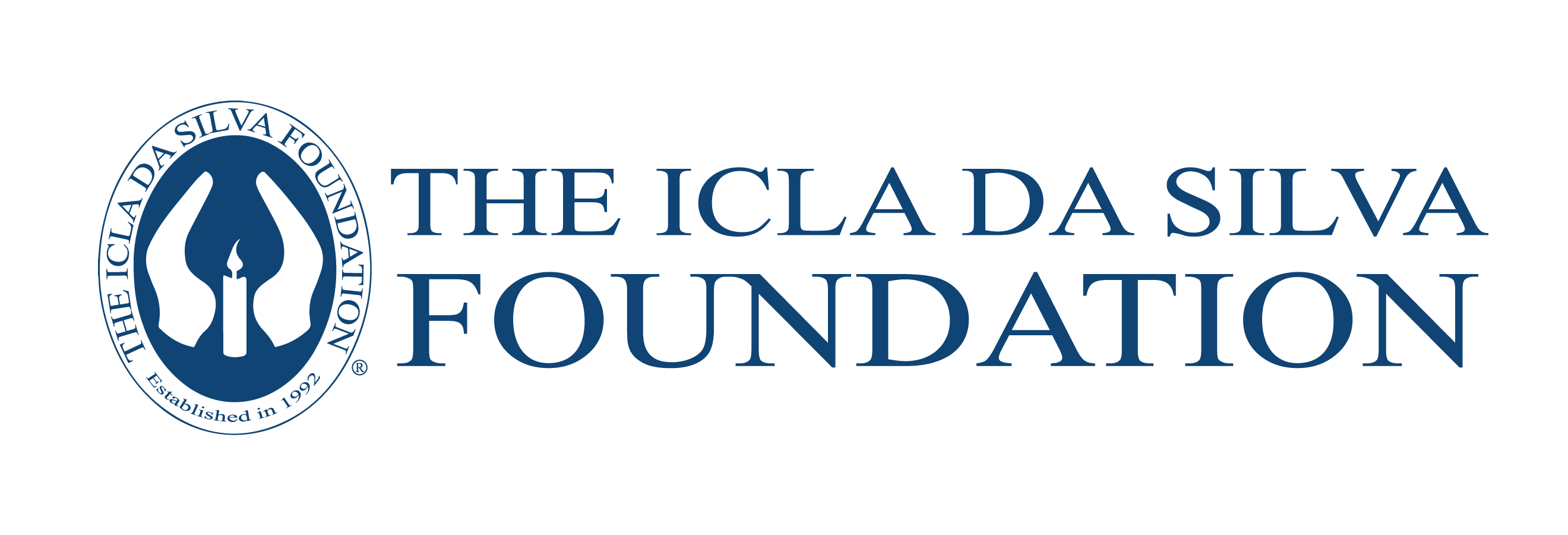Umbilical cord blood, which is typically thrown away, is rich with the blood-forming cells that can give patients hope for a cure. There are different ways in which cord blood can be stored and used. The information here is to help guide you on your options and available information.
What is cord blood?
The term “cord blood” is used to describe the blood that remains in the umbilical cord and the placenta after the birth of a baby. Up until recently, this blood was discarded as medical waste. Cord blood contains stem cells that may be cryopreserved for later use in medical therapies, such as stem cell transplantation or new emerging therapies.
How is cord blood collected and banked?
Cord blood collection does not cause harm or pain to either the mother or the baby. The cord blood is drawn after the baby has been delivered and the cord is clamped and cut. The cells in cord blood remain viable for a couple of days at room temperature, providing sufficient time for the blood to be shipped to a laboratory where the stem cells in the blood are processed and cryogenically frozen. Once properly frozen, stem cells remain viable for decades.
What type of banks store cord blood?
There are two types of cord blood banks:
Public Banks
Public banks store donated cord blood for potential use by transplant patients. The blood is listed on a registry by its tissue type, and the donor remains anonymous. Most of the donations received by public banks are too small to qualify for long-term storage and are used for research or discarded. If you give your child’s cord blood to a public bank, your donation may save a life, but you have no guarantee that you can retrieve the blood later for use by your family. Visit Be the Match for more information: https://bethematch.org/Support-the-Cause/Donate-cord-blood/
Family Banks
Family banks (also known as private) store cord blood exclusively for use by the baby’s family. The parents have custody of the cord blood until the child is an adult. The cord blood might someday be needed by the donor baby, or it could be used by a relative who is a close enough match (typically a sibling). Visit Cord Blood Registry for more information: http://www.cordblood.com/
What Choices do I have for storing my child’s cord blood?
You always have the choice to do nothing and let the cord blood be discarded after birth. The choice to save the blood for the family is usually open to any family that can afford the cost. The choice to donate to a public bank is only available to mothers who meet the eligibility criteria. Whatever choices you have and whatever decision you make, remember there is no single correct answer for all families. Only you know which choice feels right for you and your family.
The Icla da Silva Foundation partnership with Cord Blood Registry
The Icla da Silva Foundation is excited to partner with the Cord Blood Registry (CBR), whose mission is to enable more breakthrough medical treatments with cord blood stem cells. Both bone marrow and cord blood stem cells can make all the difference to those that need them.
As part of CBR mission to advance medical treatment options, CBR is helping the Icla da Silva Foundation raise awareness and recruit bone marrow donors. They will also be donating to the Icla da Silva Foundation for every client who enrolls to save their baby’s cord blood stem cells with CBR over the course of November and December.
The Icla da Silva Foundation will be sharing information about cord blood family banking and public donations.
For more information:
Parent’s Guide to Cord Blood
Be the Match
Cord Blood Registry

 English
English Spanish
Spanish Portuguese
Portuguese